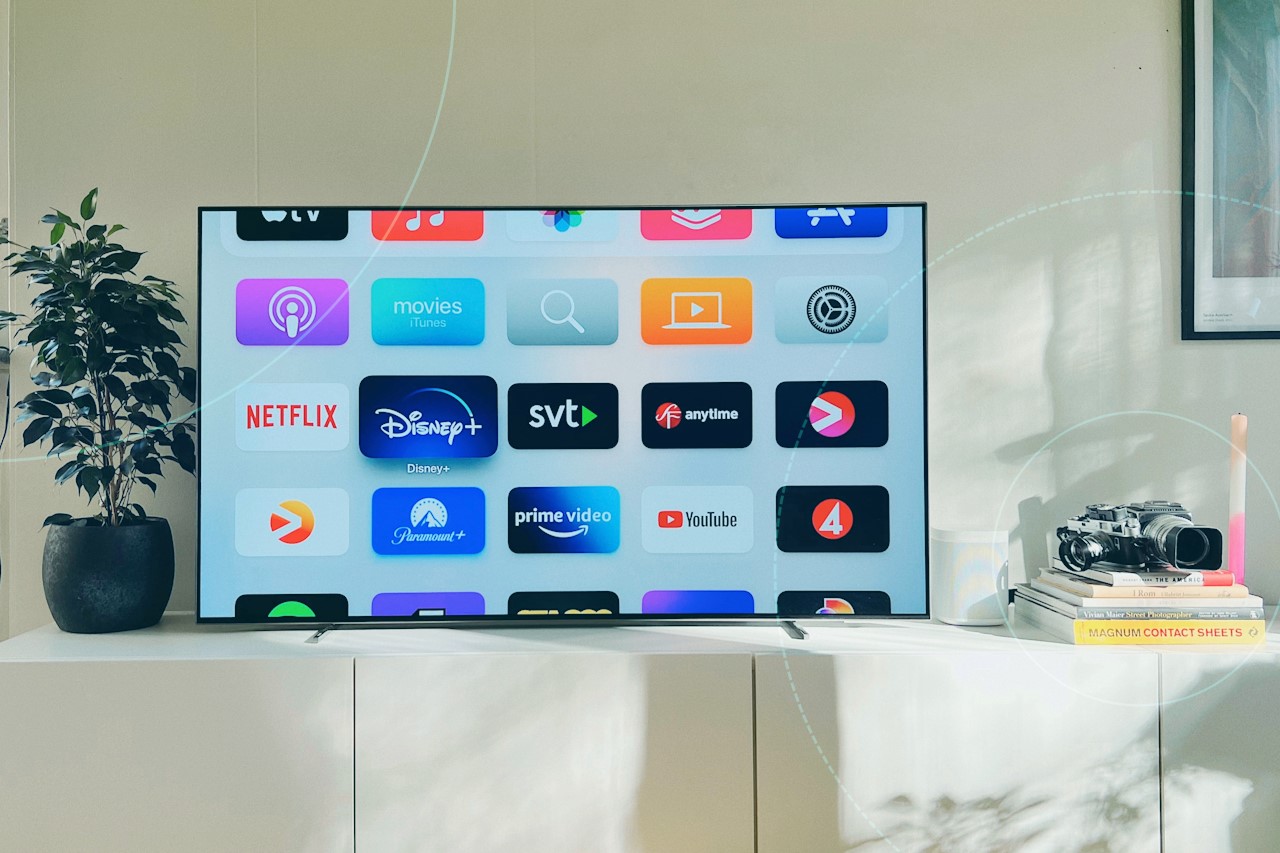Want to compare TV vs radio advertising? Here’s how to integrate traditional media into your modern digital marketing strategy.
Traditional media plays an important role in building robust omnichannel advertising strategies for the modern world
While digital channels dominate in today’s modern advertising world, TV and radio remain viable options for businesses looking to reach new audiences. In addition to weighing the pros and cons of TV vs radio advertising, brands need to figure out how to make traditional ad formats part of their modern digital strategies. In this article, we’ll look at how television and radio ads stack up, and then we’ll explore why it makes sense to use a combination of traditional and digital channels in your modern advertising strategy.
Check out our comprehensive guide, "Advertising on Television: Everything You Need to Know About the TV Medium" for even more helpful resources.
Comparing TV vs. Radio Advertising
As stalwarts of traditional advertising, TV and radio share many key characteristics. With that said, there are important differences that make each medium unique and define the roles they play within the broader context of a modern advertising strategy. Let’s take a look:
Demographics & Behavior
Historically, TV advertising reached consumers at home and radio advertising reached consumers on the go. But the boundaries defining those domains are less cut and dry in today’s world, since it’s entirely common to listen to the radio at home (vs. in your car commuting to work) and smartphones have made it easy to take your favorite TV channels with you anywhere (vs. being stuck at home in front of a set top box).
Consumer behaviors have also evolved, influencing the way people consume media regardless of whether it’s on TV or the radio. Today’s consumers can multitask doing virtually anything while listening to the radio, even if commuting is considerably less popular than it was pre-pandemic. And even though TV viewers are a more captive audience (since they need to be looking at the TV to fully experience their content), they’re increasingly likely to be second screening with phones or even laptops while watching television.
Another similarity is that both TV and radio advertising support basic audience targeting, thanks to general demographic data about the kinds of consumers that tune into any given station, channel, program, or time slot. But audience data needs to be incredibly detailed and high quality for advertisers to maximize their return on investment. What’s more, it’s increasingly difficult to accomplish meaningful attribution from non-digital advertising channels like TV and radio.
CTV provides precise, measurable data for performance, empowering and breathing new life into TV marketing. Learn more with our free report:
Ad Types & Creative
The most obvious difference between TV and radio advertising is the medium each method employs; radio ads are only auditory, while TV ads combine visual and audio components to create a complete effect. Both TV and radio ads have long been effective ways to spread catchy slogans that take root in the memories of consumers and keep brand names top of mind. Building brand awareness remains a primary benefit of TV and radio advertising as digital channels proliferate, especially in light of shrinking audience attention spans.
In order to succeed in the digital age, TV and radio advertisers must appreciate the likelihood that consumers are experiencing their ads while multitasking. Taking into consideration the high probability that the listening or viewing audience is at least partially distracted by another activity, screen, or device will help companies create ads that connect quickly and effectively. Keeping it simple, cutting to the chase, and staying creative are all great ways to avoid the pitfalls of the slower and steadier advertising strategies that prevailed in the past.
Optimizing Costs
One of the main advantages of advertising on television is the ability to reach a huge audience during a widely viewed program. Take sports events like the Super Bowl, for example; for companies with major advertising budgets, a single well-timed ad has the potential to reach millions of viewers at the same time. But purchasing placements during specific programs or at peak hours isn’t the only way to buy TV ad space. On a smaller scale, advertisers can purchase TV placements in bulk to spread their message widely instead of focusing all their resources on a single ad spot.
This run-of-schedule method is also common in the radio advertising world. Companies with tighter budgets can invest their resources in developing a single powerful ad, for example, and then negotiate with radio stations to play it as programming allows over the course of a set time period. Advertisers trade control over when their ads are played for a lower price tag in this model, which can make traditional channels more accessible for smaller brands with more budget restrictions.
Production costs also present a key difference between TV vs radio advertising; while radio ads can be scripted by an expert marketing team, voiced by a talented actor, and cut together by a skilled audio editor, TV ads are much more involved (and therefore costly). It can take hours or even days to shoot a 60-second television ad, and that’s after creating a concept, formulating a script, casting actors, hiring camera and sound teams, etc. TV ad placements are generally more expensive than radio ad space, pushing the cost gap between these two formats even further.
Making TV & Radio Advertising Part of a Modern Digital Strategy
The most important reason to integrate traditional media into your digital advertising strategy is diversification. In addition to prioritizing modern digital advertising techniques, spending some of your budget advertising on television, radio, and other traditional ad channels will ensure you don’t miss out on any opportunities to connect with your target audience. At the same time, combining traditional and digital ad channels in one strategy also helps make more of your ad spend attributable.
Broadcast TV and radio ads have not historically been attributable, meaning it is nearly impossible to tell what role any given ad campaign played in creating a sale or turning a viewer into a customer. But with a well-diversified media mix, traditional ads can do their job of moving consumers down-funnel while the digital ads that reach consumers at later touchpoints introduce the benefits of advertising technology, like measurement and attribution capabilities.
In addition to combining traditional TV and radio ads with modern digital media, many brands are already getting the best of both worlds with a single channel: connected TV. Today’s performance marketers use CTV advertising to deliver impactful creative and fully measurable campaigns, merging the magic of traditional TV advertising with the power of modern digital channels. Contact us today for a demo of how tvScientific can help you reach your advertising goals.







